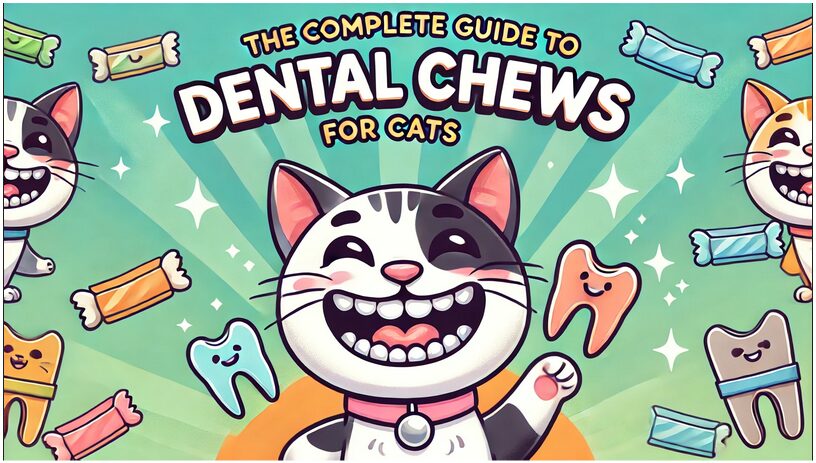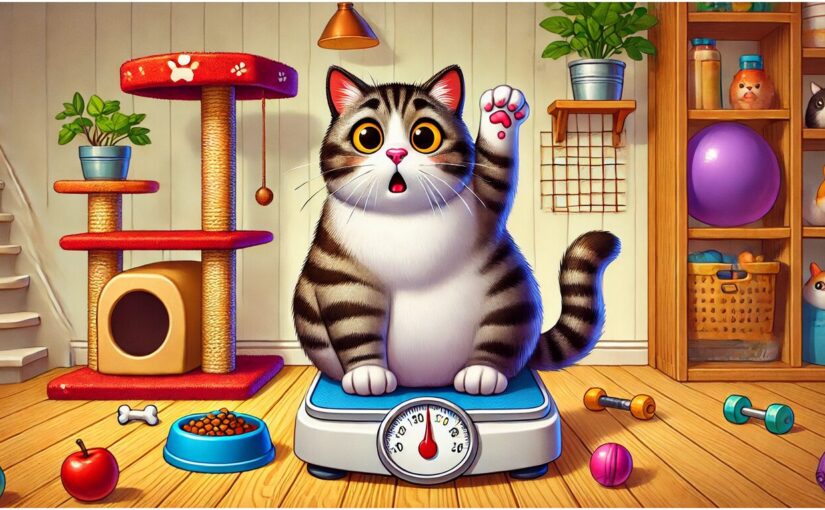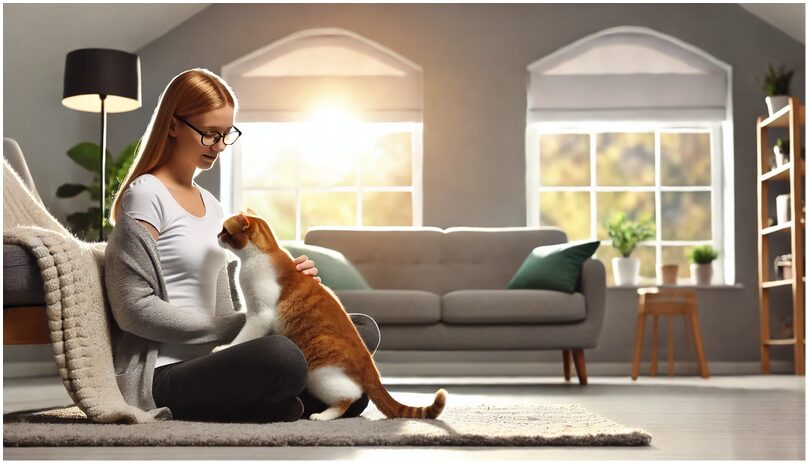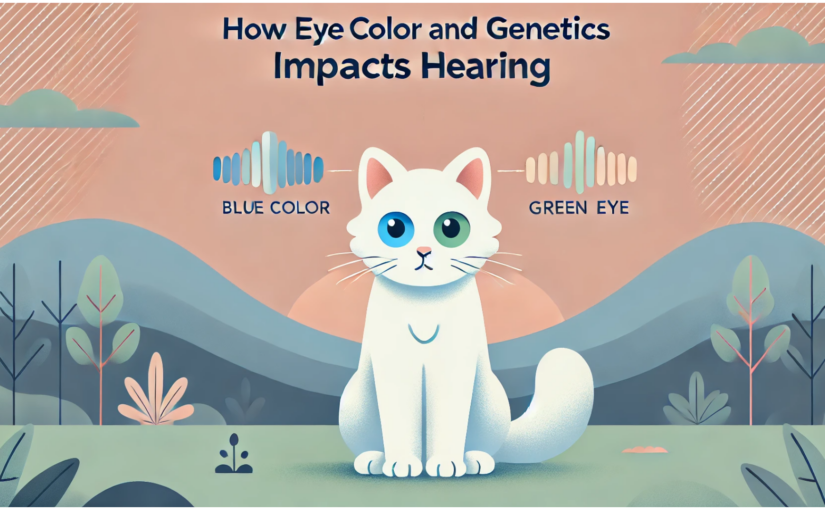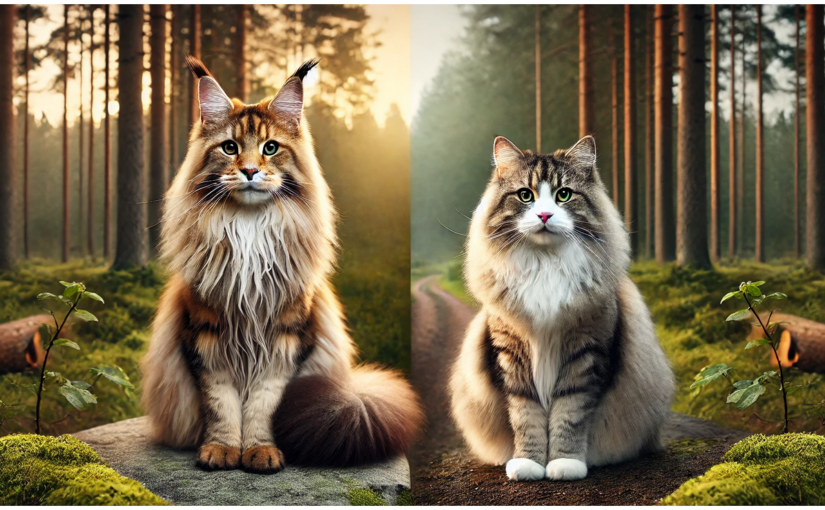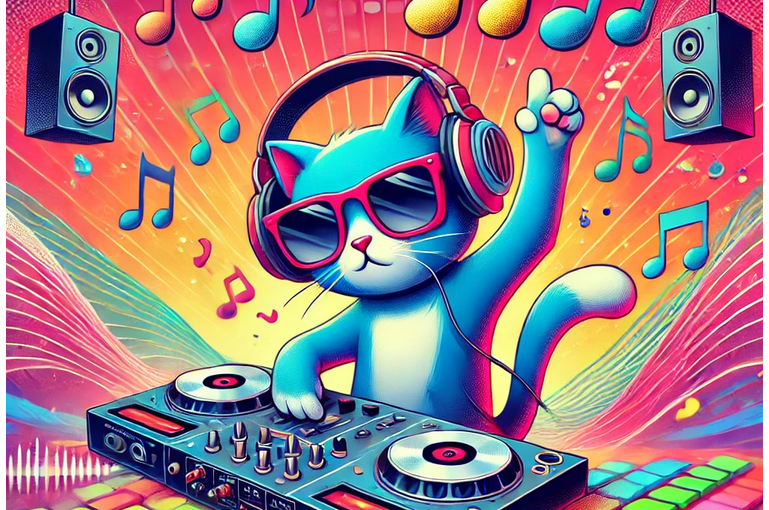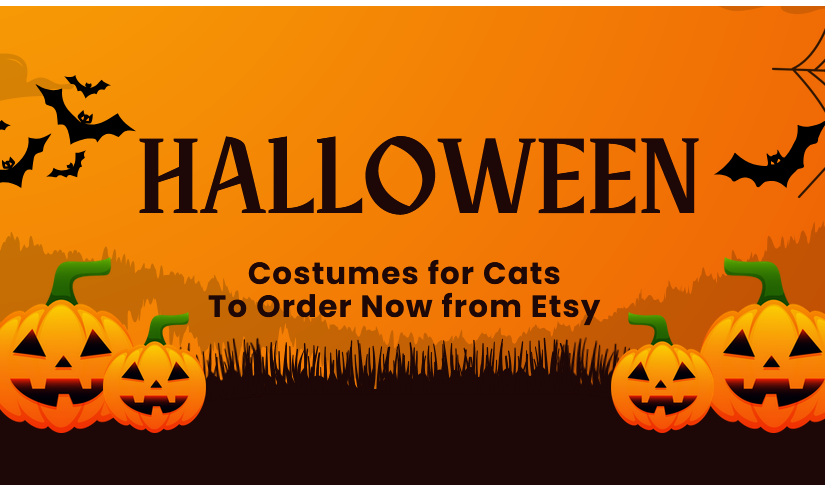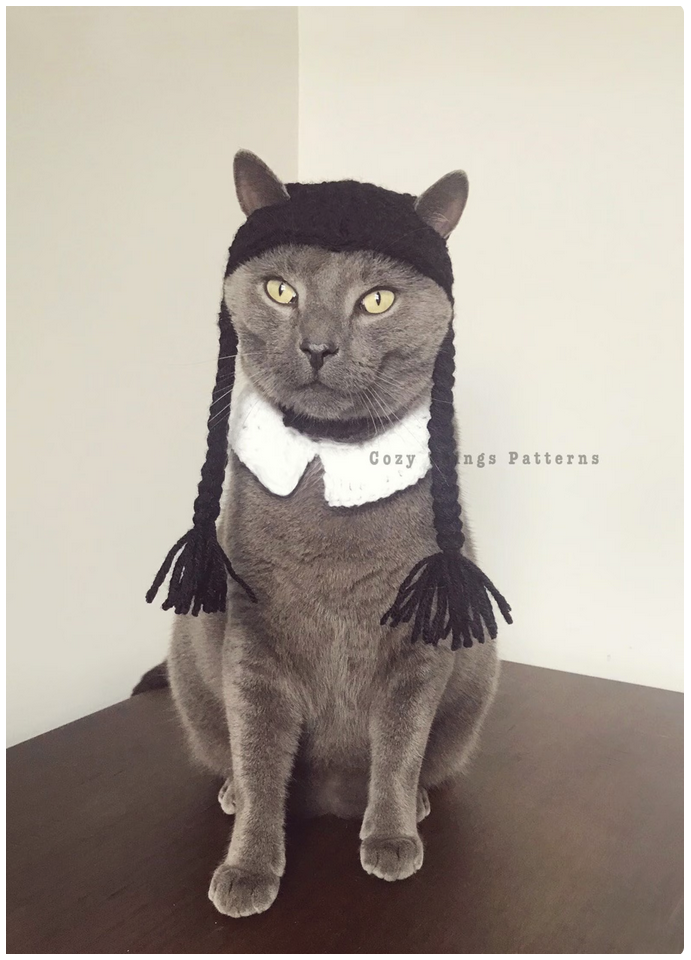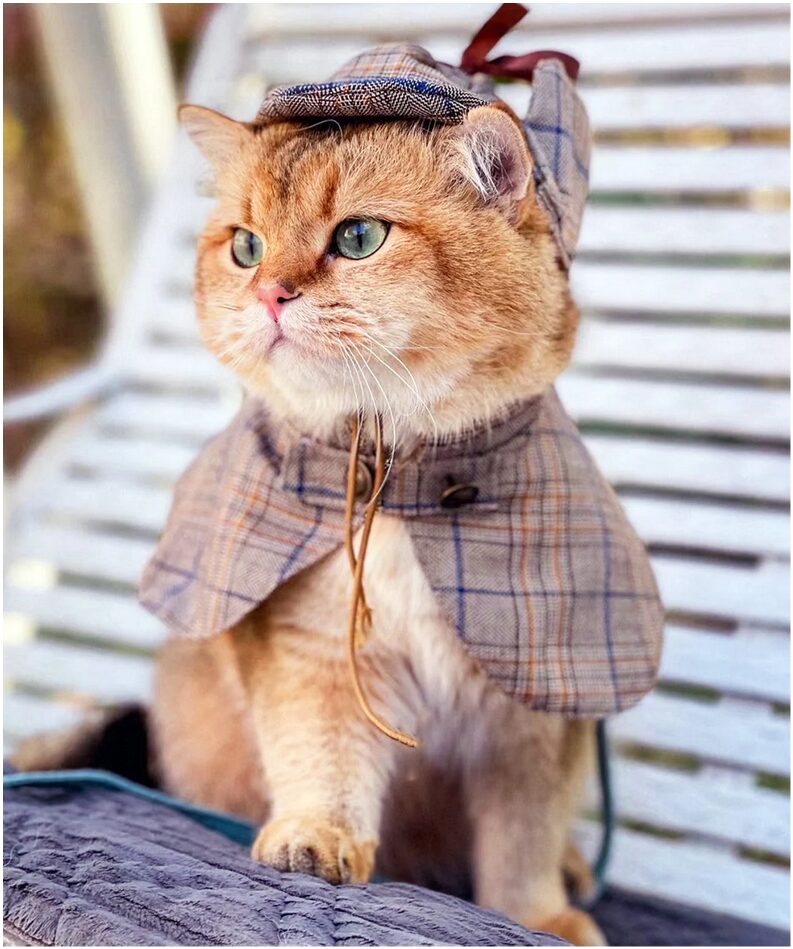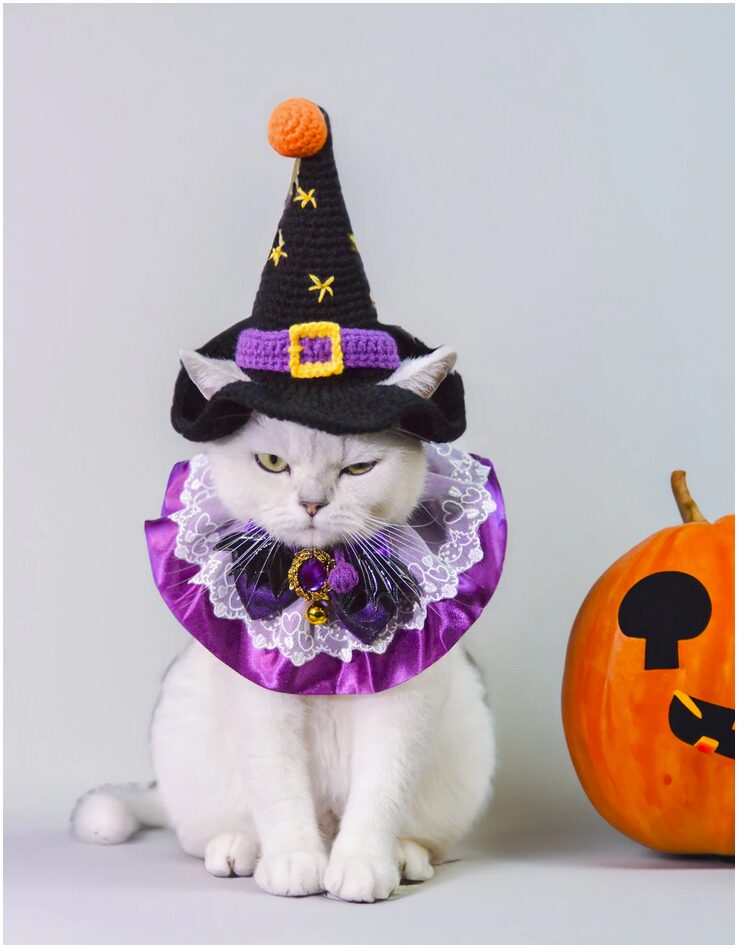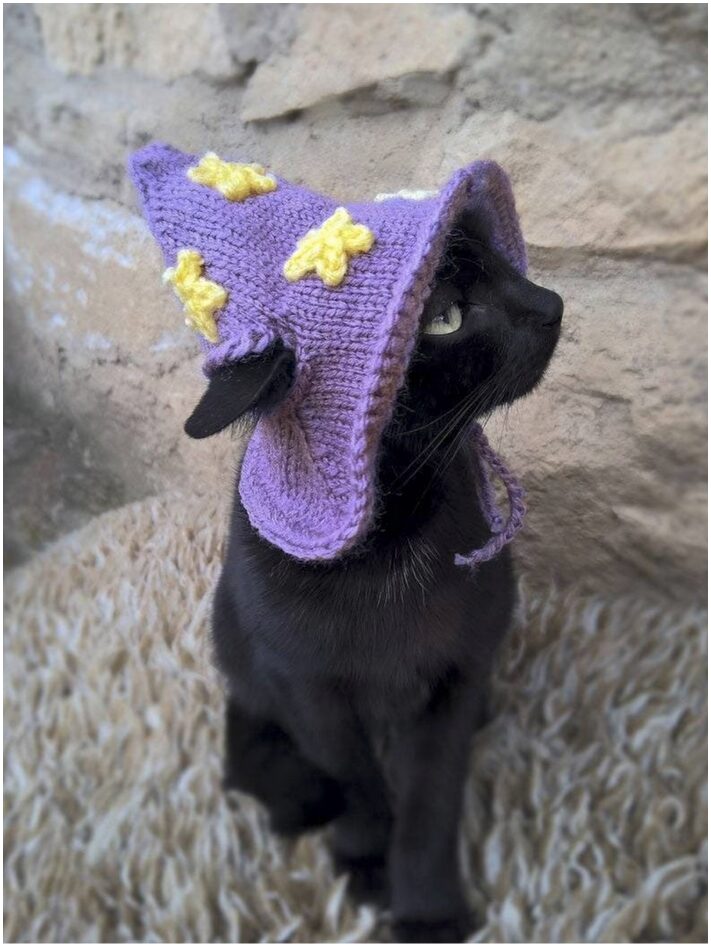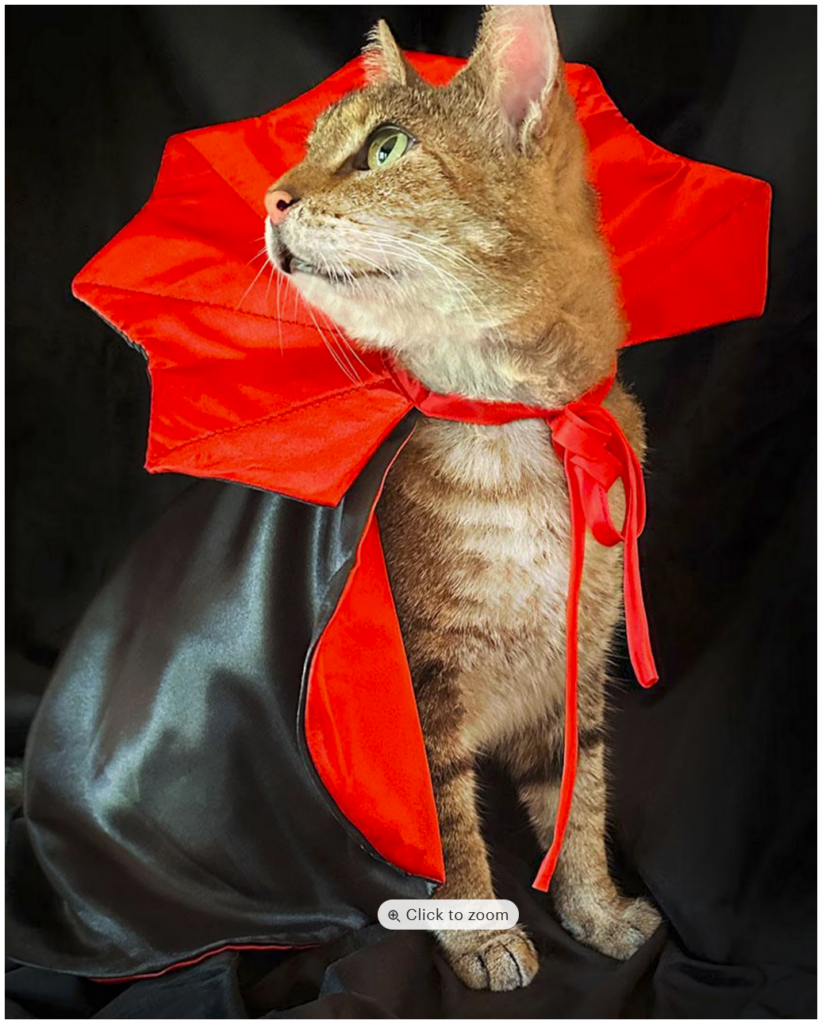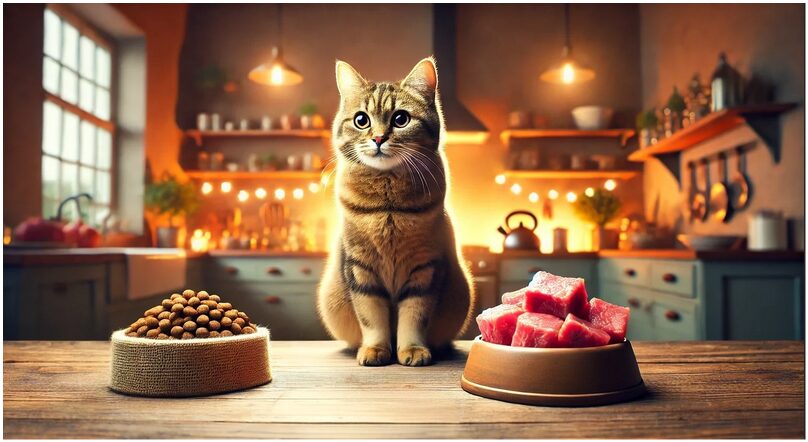The Bombay cats is a striking breed known for their sleek, panther-like appearance and affectionate personality. Often referred to as the “mini-panther” of the feline world, these cats have a unique combination of beauty, charm, and social tendencies that make them a beloved choice for cat lovers. If you’re considering adding a Bombay cat to your household, this guide will cover everything you need to know—from their origins to their health, grooming needs, and the types of homes they thrive in.
Origins and History of the Bombay Cat
The Bombay cat was first developed in the 1950s by an American breeder, Nikki Horner, who sought to create a breed resembling a miniature black panther. She achieved this by crossing Burmese cats with American Shorthairs. The result was the Bombay cat, a breed with an all-black coat, copper or gold eyes, and a sleek, muscular build.
Horner’s goal was to create a cat with the appearance of a wild panther but the personality of a domesticated, affectionate feline, and she succeeded. By 1976, the breed was officially recognized by the Cat Fanciers’ Association (CFA), and it has since gained popularity among cat enthusiasts worldwide.
US Cat Registries That Recognize the Bombay Cat
Bombay cats are recognized by several major cat registries in the United States, including:
- The Cat Fanciers’ Association (CFA): The CFA is the world’s largest registry of pedigreed cats, and they recognize the Bombay breed for its sleek, panther-like appearance and affectionate nature.
- The International Cat Association (TICA): TICA also recognizes the Bombay and allows the breed to participate in shows and competitions.
- The American Cat Fanciers Association (ACFA): The ACFA includes the Bombay in its list of recognized breeds, celebrating its unique characteristics.
These registries have specific breed standards that Bombays must meet to be considered purebred. The most notable features of a Bombay are its short, jet-black coat, rounded head, and luminous copper or gold eyes.
Physical Characteristics
The Bombay cat’s most recognizable trait is its glossy, black coat, which often gives it the appearance of a small panther. This short, satin-like fur is tight against their muscular body, enhancing their sleek, athletic frame. Their eyes, typically golden or copper, add to their striking appearance, providing a beautiful contrast against their dark fur. Bombays are medium-sized cats with a sturdy build, often weighing between 8 to 15 pounds, with males typically being larger than females.
Personality and Temperament
Bombays are known for their friendly, outgoing, and affectionate personalities. They are often described as being dog-like in their loyalty and attachment to their human companions. Bombay cats love attention and are known to follow their owners from room to room, craving interaction and play. They are also highly intelligent, making them relatively easy to train to perform tricks or play fetch.
While Bombays enjoy socializing, they are not overly hyperactive. They balance their playful moments with calm, laid-back behavior, often seeking out warm laps or soft spots to curl up in for a nap. Their adaptability and even-tempered nature make them well-suited for many different household environments.
Ideal Households for Bombay Cats
Due to their affectionate and social nature, Bombay cats do well in a variety of household settings. However, certain factors may make them especially suited for particular homes:
- Families with Children: Bombay cats are patient and gentle, making them excellent companions for children. Their playful nature means they enjoy interactive games and can easily bond with kids.
- Households with Other Pets: Bombays typically get along well with other animals, including both dogs and cats. They are confident and sociable, so they rarely shy away from making friends with other pets.
- Apartment Dwellers: Their moderate energy level and love for human companionship mean they can thrive in smaller living spaces, such as apartments, as long as they get enough attention and mental stimulation.
- Single People or Couples: Bombay cats tend to form strong bonds with their owners. Whether you’re single or living as a couple, your Bombay will quickly become an inseparable part of your household, enjoying your undivided attention.
Bombays can adapt to various living environments, as long as they receive plenty of interaction and affection.
Grooming Requirements
One of the advantages of owning a Bombay cat is its low-maintenance grooming routine. Their short, sleek coats do not mat easily, and they shed very little. A quick brush once or twice a week is sufficient to keep their fur shiny and healthy, as it helps distribute natural oils.
Regular ear cleaning, nail trimming, and dental care are important aspects of their grooming regimen. While they do not have any specific grooming challenges, like long-haired breeds, it’s always a good idea to keep an eye on their overall hygiene to avoid any issues.
Health Challenges
Overall, Bombay cats are a healthy breed, but like all purebred cats, they can be prone to certain genetic health issues. Some of the health concerns to watch for include:
- Craniofacial Defects: Due to their Burmese heritage, some Bombays may be prone to craniofacial abnormalities, though this is rare and primarily occurs in kittens.
- Hypertrophic Cardiomyopathy (HCM): This is a condition that affects the heart muscle and can be inherited. It’s advisable to ask your breeder if there is a history of HCM in the breeding lines.
- Respiratory Issues: Bombays may also be prone to respiratory problems due to their short muzzle. Ensuring a smoke-free, clean environment can help minimize the risk of breathing issues.
To mitigate these risks, it’s essential to choose a reputable breeder who tests for genetic conditions and prioritizes the health of their cats. Regular vet checkups, a balanced diet, and maintaining a healthy weight are all key components of keeping your Bombay in top shape.
Conclusion: Is a Bombay Right for You?
Bombay cats are ideal for households looking for a social, loving, and intelligent feline companion. Their sleek, black coats and gold eyes may evoke images of a wild panther, but their personalities are far from wild—they crave attention and love being around their humans. Whether you live in a bustling family home or a quiet apartment, as long as you provide affection, mental stimulation, and the occasional lap to curl up in, your Bombay will thrive.
With their minimal grooming needs and relatively robust health, Bombays are a great choice for first-time cat owners or anyone looking for a low-maintenance yet affectionate pet. If you’re ready for a feline companion who will follow you around like a loyal dog and charm you with their panther-like beauty, a Bombay cat might be the perfect addition to your home.
References:


